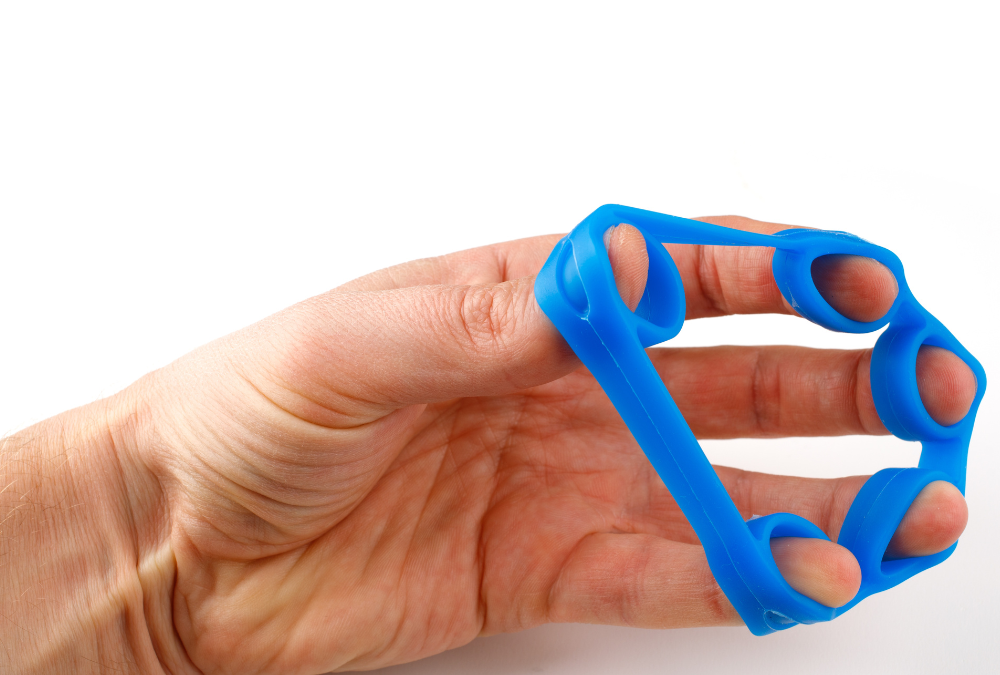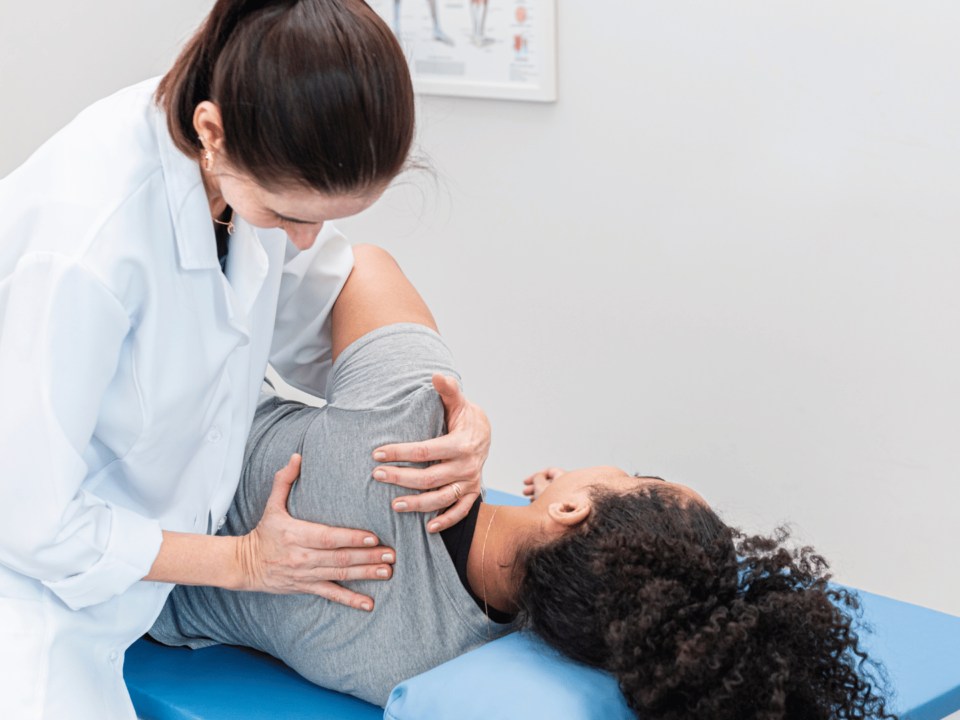
Enhancing Hand Function: A Comprehensive Guide to MP Joint Health in Orthopedics
February 12, 2024
UCL Thumb Injuries: Navigating Diagnosis, Treatment, and Recovery in Orthopedics
February 12, 2024Understanding and Managing Boutonnière Deformity: A Comprehensive Orthopedic Guide
Boutonnière deformity is a condition that affects the hand, specifically the fingers, causing a unique deformity that can greatly impact a person’s quality of life. In this comprehensive guide, we will explore what boutonnière deformity is, its causes and risk factors, how to recognize its symptoms, the diagnostic process, available treatment options, rehabilitation and physical therapy, prevention strategies, coping and support, as well as the latest research and advancements in the field.
What is Boutonnière Deformity?
Boutonnière deformity is a condition characterized by the abnormal bending of the middle joint of the finger, with the fingertip and the last joint of the finger appearing to be pushed backward. This deformity is typically caused by an injury to the tendons that enable the finger to straighten. As a result, the affected finger cannot be extended fully, making it difficult to perform everyday tasks such as gripping objects or typing on a keyboard.
Let’s delve deeper into the anatomy of the finger to understand how boutonnière deformity occurs. The finger is composed of three bones called phalanges, and the joints between these bones are supported by ligaments and tendons. The tendons on the top of the finger are responsible for straightening it, while the tendons on the palm side of the finger help in bending it. When the tendons that straighten the finger are injured, the balance between the two sets of tendons is disrupted, leading to the characteristic deformity.
It is important to note that boutonnière deformity can also be caused by conditions such as rheumatoid arthritis, which can affect the joints and tendons in the finger. In these cases, the deformity may develop gradually over time as the disease progresses. Additionally, certain sports or activities that involve repetitive finger movements or trauma to the hand can increase the risk of developing boutonnière deformity.
Causes and Risk Factors of Boutonnière Deformity
There are several causes and risk factors associated with boutonnière deformity. The most common cause is a direct injury to the finger, such as when the finger is forcefully bent or jammed. This can happen during sports activities, accidents, or even while performing everyday tasks. When the finger experiences a sudden and forceful impact, it can disrupt the delicate balance of tendons and ligaments, leading to the development of boutonnière deformity.
In addition to direct injuries, certain medical conditions can also contribute to the development of boutonnière deformity. One such condition is rheumatoid arthritis, a chronic autoimmune disease that primarily affects the joints. In individuals with rheumatoid arthritis, the body’s immune system mistakenly attacks the lining of the joints, causing inflammation and damage. Over time, this inflammation can affect the tendons and ligaments in the finger, leading to the characteristic deformity.
Chronic inflammation, whether due to rheumatoid arthritis or other underlying conditions, can also play a role in the development of boutonnière deformity. Prolonged inflammation in the finger joints can weaken the supporting structures, making them more susceptible to injury and deformity. It is important to manage and treat any underlying inflammatory conditions to reduce the risk of boutonnière deformity.
While injuries and medical conditions are significant causes of boutonnière deformity, genetic predisposition can also contribute to its development. Some individuals may have an inherent weakness in their finger joints or connective tissues, making them more prone to developing this deformity. Understanding one’s family medical history and genetic predispositions can help in identifying and managing the risk of boutonnière deformity.
Participating in activities that involve repetitive finger movements can also increase the risk of developing boutonnière deformity. Musicians who play string instruments, such as guitarists or violinists, often subject their fingers to repetitive stress and strain. Similarly, individuals who spend long hours typing or using computer keyboards can also put excessive strain on their finger joints. Over time, this repetitive motion can lead to wear and tear on the tendons and ligaments, contributing to the development of boutonnière deformity.
It is important to be aware of the causes and risk factors associated with boutonnière deformity to take appropriate preventive measures. By understanding the underlying factors, individuals can make informed decisions about their activities, seek early medical intervention if necessary, and adopt strategies to protect their finger joints from unnecessary stress and injury.
Recognizing the Symptoms of Boutonnière Deformity
The early signs of boutonnière deformity can be subtle and easily overlooked. However, it is important to recognize the symptoms early on to seek appropriate treatment. Symptoms may include:
- Finger pain and swelling
- Inability to fully extend the affected finger
- Visible deformity of the finger
- Difficulty gripping objects or making a fist
If you notice any of these symptoms, it is crucial to consult an orthopedic specialist for a proper diagnosis and treatment plan.
When it comes to boutonnière deformity, understanding the underlying causes can provide valuable insights into the condition. This deformity is often the result of a traumatic injury to the finger, such as a forceful blow or a deep cut. The injury can disrupt the delicate balance of the tendons and ligaments that allow the finger to move properly.
As the injury heals, scar tissue may form, further restricting the finger’s range of motion. Over time, if left untreated, boutonnière deformity can lead to permanent deformity and functional impairment. Therefore, early intervention is crucial to prevent long-term complications.
Diagnosing Boutonnière Deformity: Tests and Examinations
To diagnose boutonnière deformity, your orthopedic specialist will conduct a thorough physical examination of your hand and finger. They may also recommend diagnostic imaging tests, such as X-rays or MRI scans, to assess the extent of the deformity and identify any underlying damage to the bones or soft tissues. These tests are important in determining the most suitable treatment approach for your specific case.
Non-Surgical Treatment Options for Boutonnière Deformity
In many cases, boutonnière deformity can be effectively managed through non-surgical treatment options. These may include:
- Wearing a splint or brace to immobilize the affected finger and promote healing
- Performing finger exercises and stretches to improve flexibility and strengthen the surrounding muscles
- Applying ice or heat therapy to reduce pain and inflammation
- Taking over-the-counter pain medications, such as nonsteroidal anti-inflammatory drugs (NSAIDs)
Your orthopedic specialist will create a personalized treatment plan tailored to your specific needs, taking into consideration the severity of your deformity and your overall health.
Surgical Treatment Options for Boutonnière Deformity: An Overview
In more severe cases of boutonnière deformity, surgical intervention may be necessary to correct the deformity and restore the finger’s functionality. Surgical treatment options can include:
- Tendon repair or reconstruction
- Joint fusion or replacement
- Soft tissue and ligament repairs
During the surgical procedure, your orthopedic surgeon will carefully assess the damaged structures and repair or reconstruct them to optimize finger function and appearance. The decision to undergo surgery will depend on various factors, including the degree of deformity, the underlying cause, and the impact on your daily activities.
Rehabilitation and Physical Therapy for Boutonnière Deformity
Following surgery or as part of the non-surgical treatment plan, rehabilitation and physical therapy play a crucial role in the recovery and rehabilitation process. Your orthopedic specialist may recommend specific exercises and range-of-motion techniques to help restore finger flexibility and strength.
Additionally, working with a certified hand therapist can provide valuable guidance and support throughout your rehabilitation journey. They can assist you in regaining optimal hand and finger function, reducing pain, and improving overall hand dexterity.
Preventing Boutonnière Deformity: Tips and Strategies
While not all cases of boutonnière deformity can be prevented, there are certain measures you can take to reduce the risk of developing this condition. These include:
- Wearing protective gloves when engaging in activities that may put stress on your fingers
- Taking frequent breaks while performing repetitive finger movements
- Maintaining proper hand and finger positioning during daily tasks
- Strengthening your hand and finger muscles through regular exercise
By incorporating these preventive strategies into your daily routine, you can lower the likelihood of developing boutonnière deformity and other hand-related conditions.
Living with Boutonnière Deformity: Coping and Support
Living with boutonnière deformity can have a significant impact on your daily life, both physically and emotionally. It is important to seek support from healthcare professionals as well as family and friends who can provide understanding and encouragement.
Joining support groups or online communities of individuals with similar conditions can also be beneficial, as it allows you to connect with others who may be experiencing similar challenges. These communities can provide a platform for sharing experiences, tips, and coping strategies, creating a sense of community and understanding.
The Latest Research and Advancements in Boutonnière Deformity Treatment
Advancements in medical research are constantly evolving, leading to innovative treatments and improved outcomes for patients with boutonnière deformity. Researchers are exploring new techniques for tendon repair, developing advanced surgical procedures, and investigating the potential of regenerative medicine in promoting tissue healing and regeneration.
At Center For Specialty Care, we will help you stay informed about the latest research and advancements in the field, you can have a better understanding of the treatment options available and discuss them with your healthcare provider to make informed decisions about your care.
In conclusion, boutonnière deformity is a unique condition that requires timely recognition and appropriate management. By understanding its causes, recognizing its symptoms, and exploring the available treatments and support options, you can take proactive steps towards managing boutonnière deformity and improving your quality of life.




